Cafeteria Design Concepts: Creating Engaging and Functional Spaces
At MAK Architects, we understand the importance of creating captivating and functional cafeteria spaces that cater to the needs of employees, students, or visitors. Our team of skilled architects and designers specializes in developing innovative cafeteria design concepts that foster a sense of community, promote well-being, and enhance the overall dining experience. Through careful consideration of layout, aesthetics, furniture, lighting, and technology, we can create cafeteria spaces that are both visually appealing and highly functional.
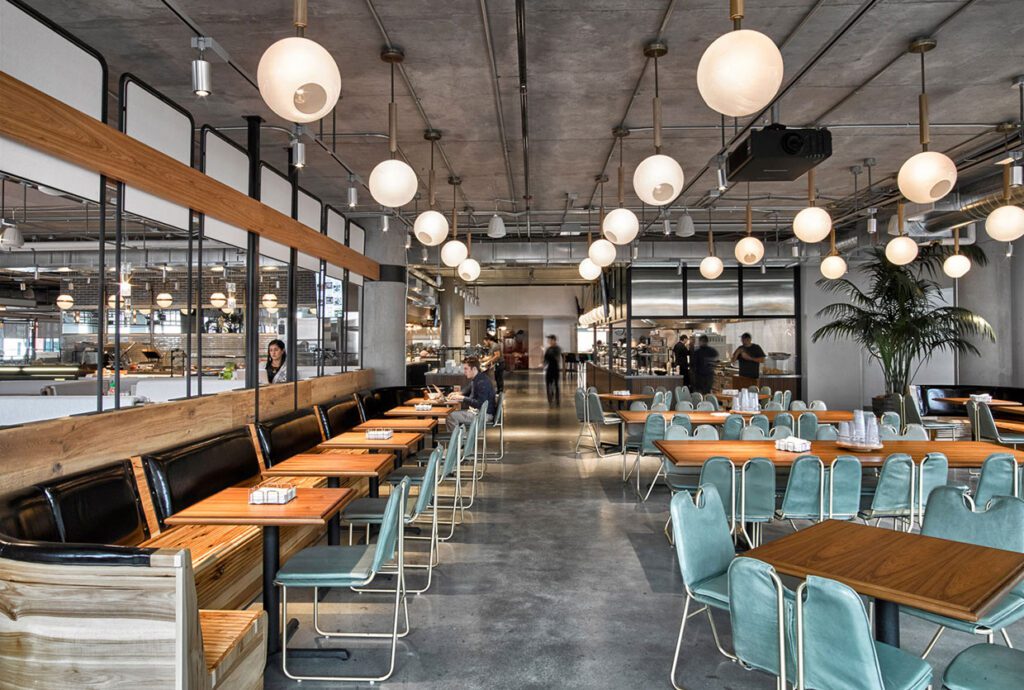
One of the key factors to consider when designing a cafeteria is the layout. Efficient space planning is essential to accommodate different dining areas, including seating zones, food stations, service counters, and circulation paths. An open and flowing layout encourages movement and social interaction, while also ensuring that there is ample space for queuing and traffic flow during busy periods. By strategically positioning food stations and seating areas, we can create a sense of balance and harmony within the space.
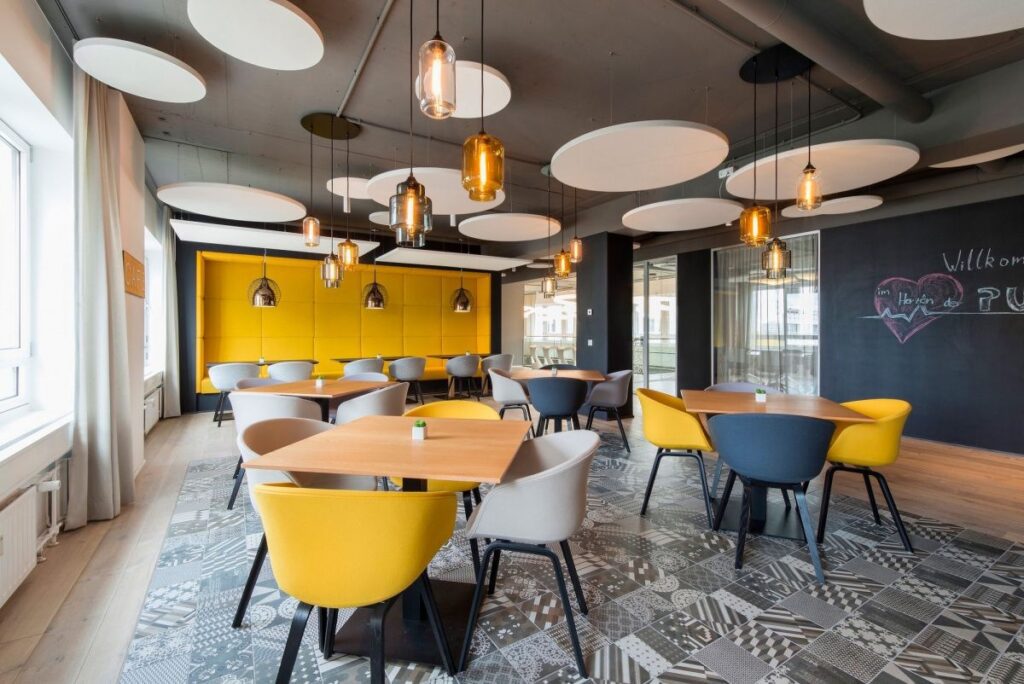
Aesthetics play a crucial role in setting the ambiance and creating a welcoming environment in the cafeteria. The design concept should align with the overall theme or branding of the establishment while incorporating elements that reflect the purpose of the space. For example, a corporate cafeteria may opt for a sleek and modern design with clean lines and neutral colors, while a school cafeteria may embrace vibrant colors and playful graphics to appeal to younger audiences. The choice of materials, textures, and finishes can also contribute to the overall aesthetic appeal and durability of the space.
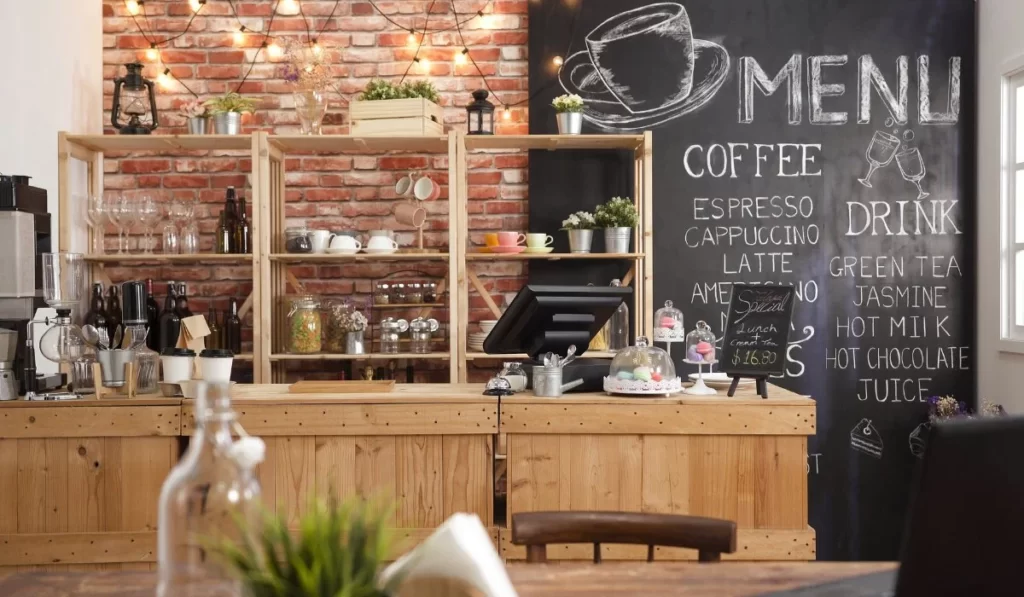
Furniture selection is another essential aspect of cafeteria design. The furniture should be comfortable, durable, and flexible to accommodate various group sizes and dining preferences. Incorporating a mix of seating options, such as booths, communal tables, and individual chairs, allows for flexibility and caters to different social dynamics. Ergonomic considerations should also be taken into account to ensure that the furniture supports proper posture and comfort during extended periods of sitting.
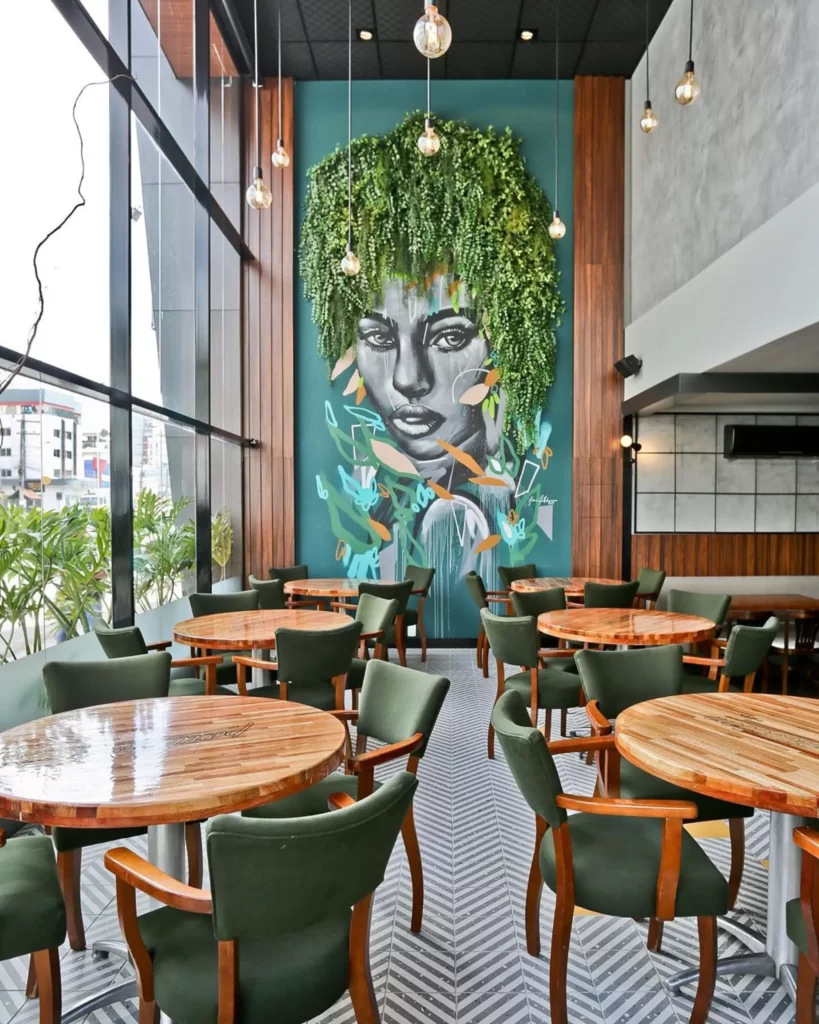
Lighting design is often underestimated but plays a significant role in creating the desired ambiance in a cafeteria. A well-designed lighting scheme can enhance the aesthetics of the space, highlight specific areas or features, and create a comfortable and inviting atmosphere. Natural light should be maximized whenever possible, as it not only enhances the overall mood but also contributes to the well-being of the occupants. Artificial lighting should be carefully planned to provide adequate illumination for dining and food service areas while avoiding glare and creating a visually pleasing environment.

Incorporating technology into cafeteria design has become increasingly important in today’s digital age. Providing accessible power outlets, Wi-Fi connectivity, and charging stations allows individuals to stay connected and productive while enjoying their meals. Digital signage and menu boards can be used to display information, daily specials, and promotions, enhancing the overall dining experience. Integrating smart technologies for ordering and payment systems can also streamline operations and improve efficiency.
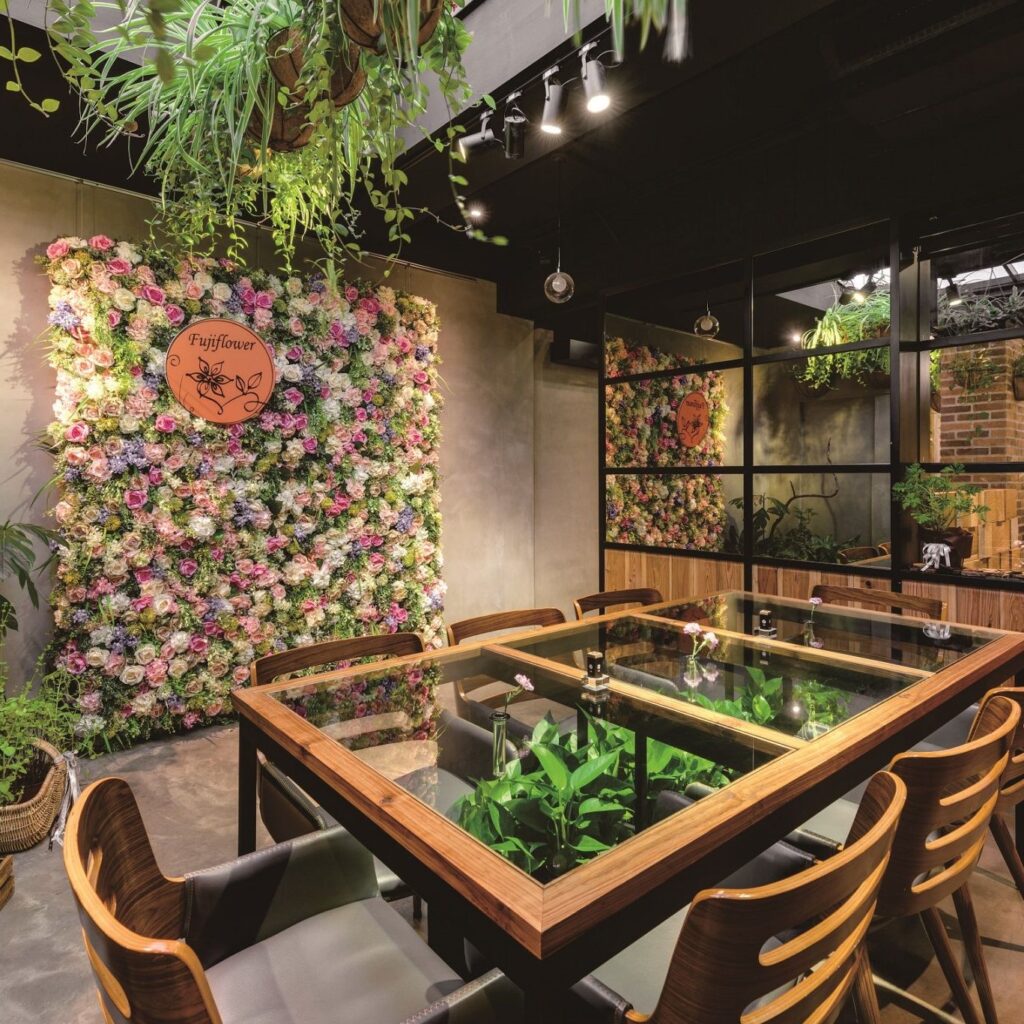
Sustainability is a key consideration in modern cafeteria design concepts. Incorporating eco-friendly materials, energy-efficient lighting, and water-saving fixtures not only reduces environmental impact but also communicates a commitment to sustainability to cafeteria users. The use of locally sourced and organic food options can further support sustainable practices while promoting healthier dining choices.

At MAK Architects, we believe that a well-designed cafeteria goes beyond providing a space for individuals to eat. It should be a place that fosters connection, creativity, and well-being. By incorporating thoughtful design concepts, we can create cafeterias that inspire collaboration, relaxation, and a sense of community. Our team is dedicated to collaborating with clients to understand their unique needs and develop customized design solutions that align with their vision and goals.
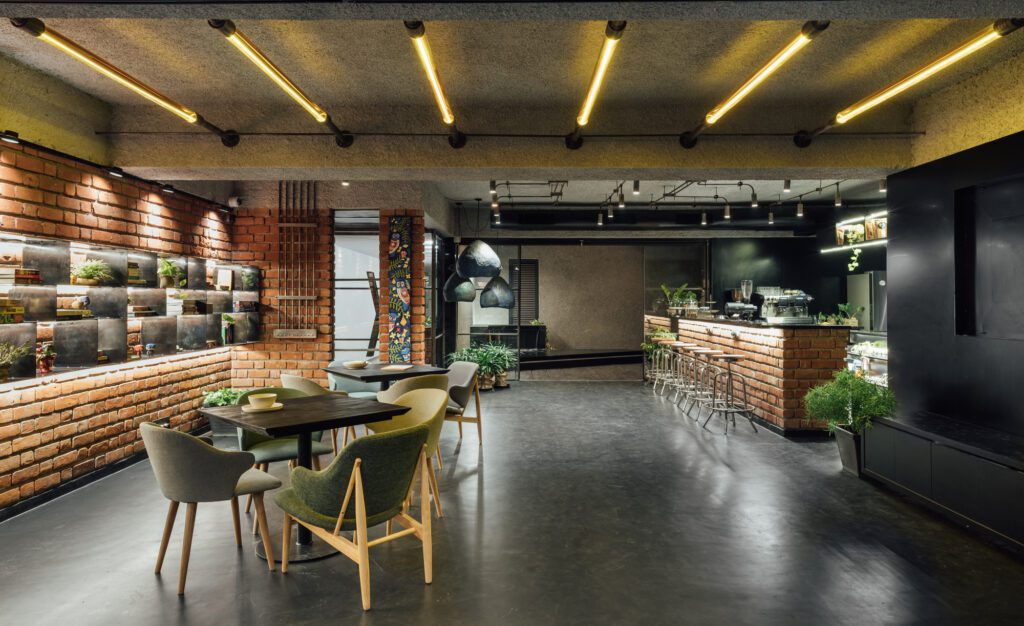
In conclusion, cafeteria design concepts should prioritize functionality, aesthetics, comfort, and sustainability. Through careful consideration of layout, aesthetics, furniture, lighting, and technology, a well-designed cafeteria can become a vibrant and engaging space that enhances the dining experience. At MAK Architects, we are passionate about creating dynamic and innovative cafeteria designs that meet the needs of our clients and the users of the space. Contact us today to discuss your cafeteria design project and let us bring your vision to life.
